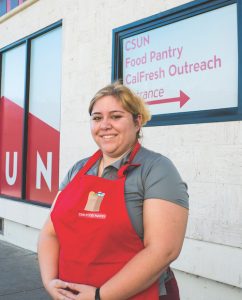Mayor Karen Bass — From Community Activist to Mayor — Leadership, Philanthropy, and Solving L.A.’s Challenges
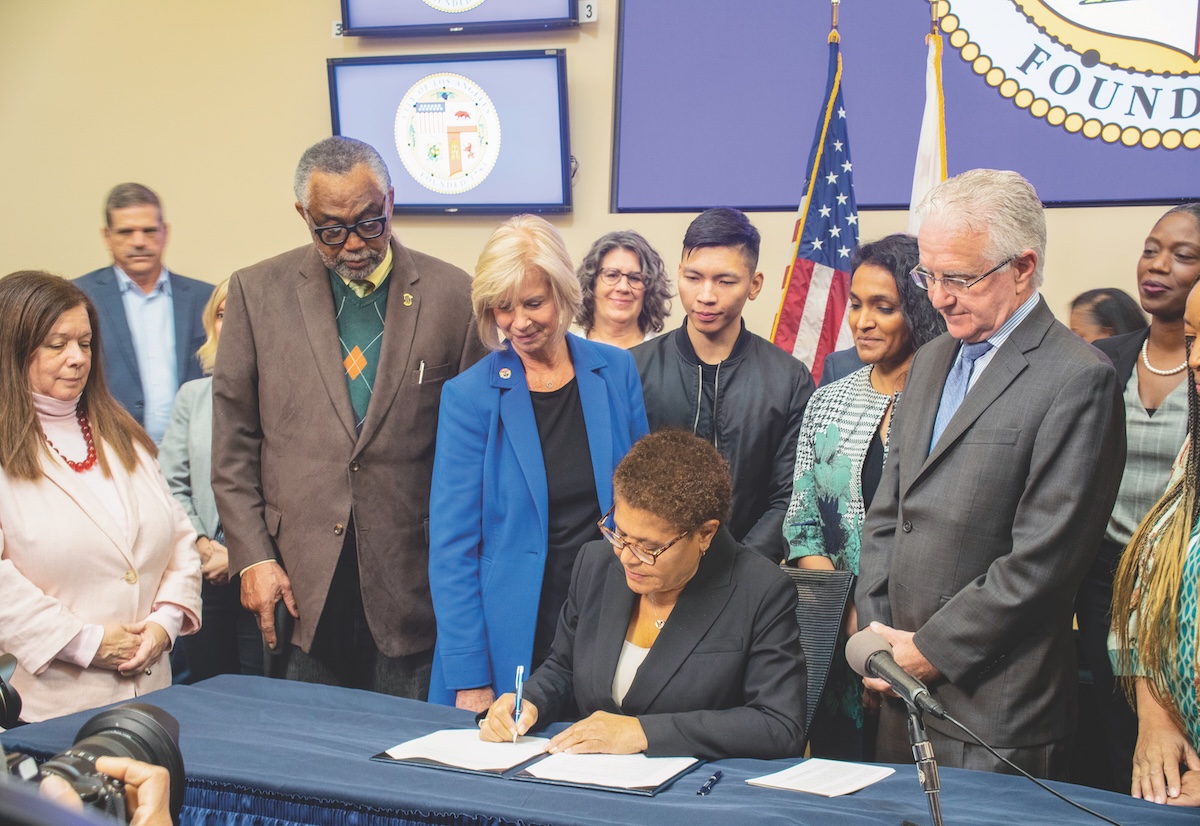
Los Angeles Mayor Karen Bass’s approach to leading the country’s second largest city is deeply informed by her professional journey that spans a wide spectrum of public service. From health worker to community activist to holding multiple high level elected offices, including serving in California’s State Assembly, ultimately as its Speaker, six terms in the U.S. Congress, and now as L.A.’s first female and only second Black mayor, Bass has long had a front-row seat to L.A.’s most pressing issues.
Born and raised in Los Angeles, Mayor Bass’s formative years were shaped by significant social and political upheaval, including the civil rights movement and the Vietnam War. These watershed historical periods profoundly framed her worldview and set the stage for her long-standing activism and leadership in Los Angeles. Bass’s public service journey is marked by a consistent focus on addressing systemic issues, beginning with her career in healthcare as a nurse and physician assistant before founding the Community Coalition in response to the crack cocaine epidemic of the 1980s. Her work in community organizing led her to politics, through which she has championed causes such as foster care reform, substance abuse prevention, and community-based solutions to a plethora of social problems she prioritizes, like homelessness and mental health.
Because of Mayor Bass’s emphasis on collaboration, intersectionality, and addressing root causes of societal challenges, we wanted to talk with her about the state of social issues in Los Angeles and the city’s important alliance with the philanthropic and nonprofit community.
Q: Can you talk about your upbringing and what led to your commitment to public service?
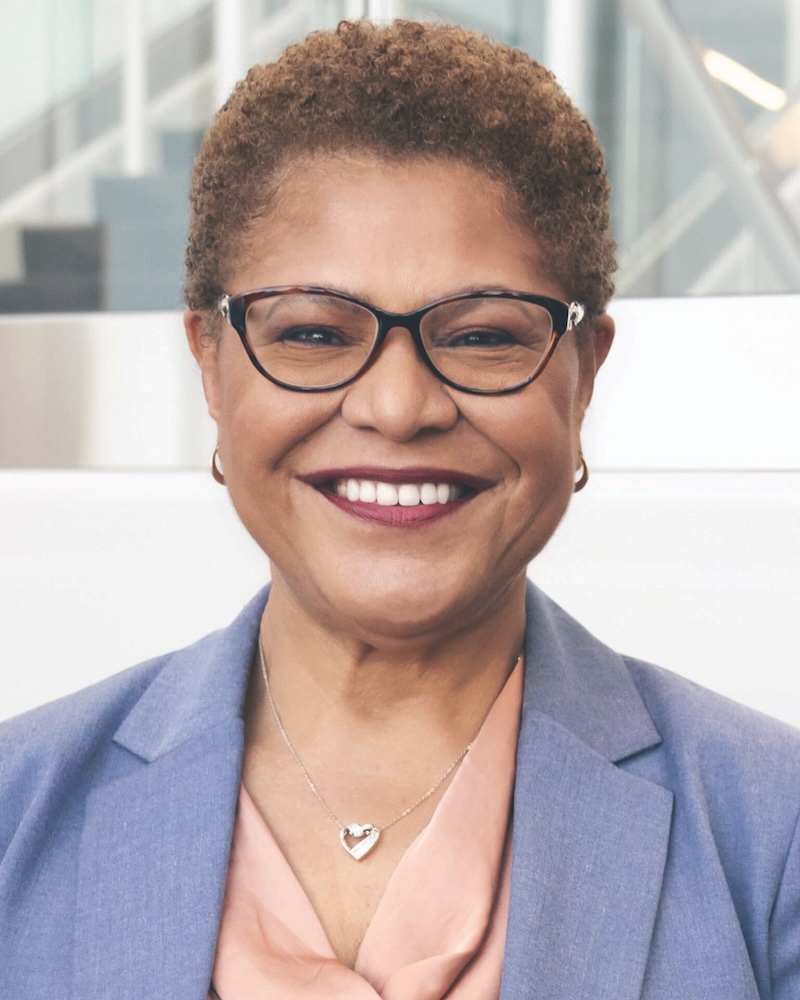
Mayor Bass: I grew up in a very stable household with two incredible parents and three brothers. And those three brothers definitely prepared me for the world of politics since it’s very much a male world. So it’s two things. It’s one, my family upbringing, and two, where the world was when I was growing up. I kind of compare it to the world now with a generation that is concerned about key issues like police reform and climate change and democracy. There’s a whole new generation of young people coming up. When I was growing up, the world was in turmoil, in the middle of the Vietnam War and several other wars, movements for independence around the world, post-civil rights movement, Black Power, Latino, Asian, Native American movements – all of that was happening around me.
And so from a very young age as a child, I wanted to do exactly what I’m doing now, not being a politician – that never occurred to me. What occurred to me was fighting for justice, fighting for social change. That was something that was ingrained in me as a child watching the civil rights movement on TV, with a father who was from the South and explaining to me what was going on. My mother was very unusual – an African American born here at the beginning of the early 20th century before the big migration of African Americans.
I also had the fortune of going to a very political middle school and a very political high school. Hamilton High was a hotbed of activism from the teachers. Some of the teachers in Hamilton formed the UTLA, the United Teachers of Los Angeles. But my teachers were very radical, very involved in the anti-war movement. As a matter of fact, we could take off school and go protest the war. So that was how I grew up. It really was a part of who I was.
The catch was no one told me that was how you could make a living. And so it never dawned on me to work to fight for justice for a living. So I was driven to the healthcare field. One, because I was always interested in science, especially anatomy and physiology. So I went into nursing. My goal actually was to be a physician assistant. So I spent several years as a nurse, then went back to school, became a PA [physician assistant], and then started teaching in the PA profession and also working at County USC hospital with students.
And then when the ‘80s hit, in the late 80’s the crack cocaine epidemic destroyed communities. I became obsessed. It was two epidemics that were happening at the same time, the epidemic of addiction and the epidemic of AIDS. And those together, to me, spelled a catastrophe, especially for inner-city Los Angeles. So I started the Community Coalition, wanting to shift the agenda away from what would later be called mass incarceration. With a health background, I saw crack and gang violence and AIDS as public health issues that were being addressed through a law enforcement lens only.
And so ironically, that was what drove me. And through my life’s journey, I’ve always been driven by issues. I’ve never been driven by titles or positions. I never thought I would run for office. But my goal at Community Coalition was to start an organization, to build it, to create the next generation of leaders, and then to lead the organization to demonstrate that the organization could live without me and could develop a life of its own. And I ran for the State Assembly to deal with the same issues I was dealing with in the community.
Q: How did your career evolve from there to becoming mayor?
A: I’ve always worked on the same issues, and ironically, my life has come full circle right now because serving as mayor, I’m now in the catbird seat to address the issues I was trying to address 34 years ago. Homelessness didn’t start yesterday. It started with crack cocaine and we were trying to address it then. We were trying to move people out of the street into motels. Everybody thought that was a silly idea. COVID comes along and I’m doing that exact thing right now. It’s moving people off the street into motels. But I’m in a position of authority now, so I can actually carry out some of the things I was attempting to do as an activist.
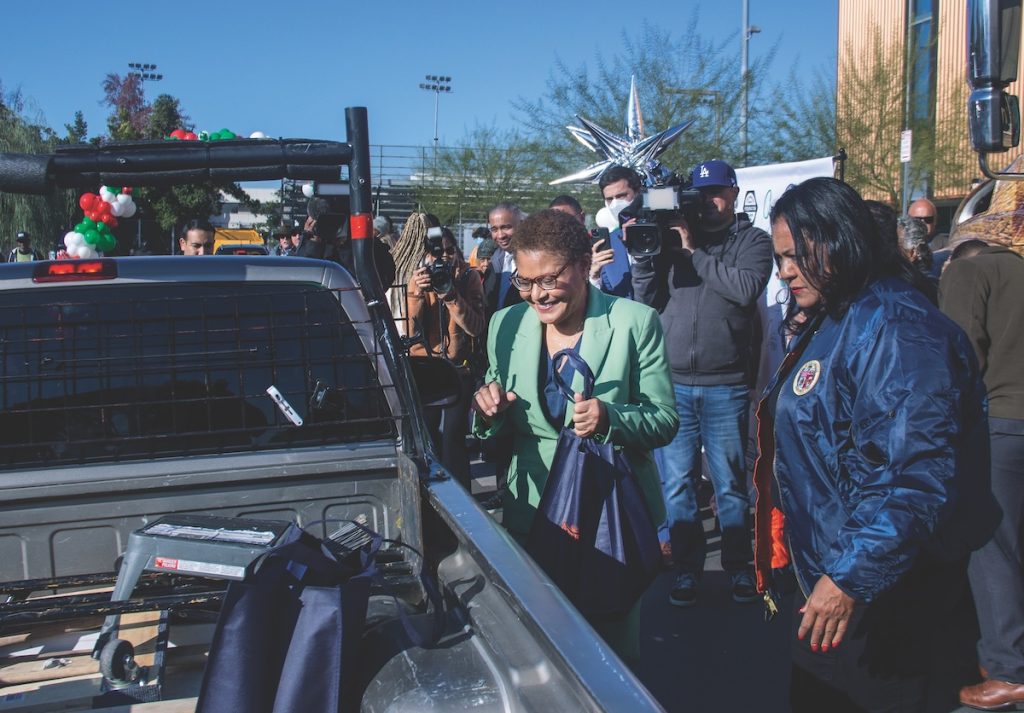
Q: Can you talk about partnerships between nonprofit efforts, philanthropic efforts, and government? Are there opportunities for more public-private partnerships?
A: Well, one of the things that I really hope to do as mayor is be a champion for nonprofits because I understand [them] having run more than one, having started several. I think that the nonprofit world plays a tremendous role and so does philanthropy. And the two are obviously connected.
But one thing that is so important about the philanthropic world is that you are able to experiment through philanthropy and then you can fight for adoption on the policy level. We certainly did that at Community Coalition, where we organized grandmothers so that grandmothers could actually receive support. When we first started that work, grandmothers were shunned. I mean, the view was like, “Well, you messed up your kid, so why should we give you custody of your grandchild? And then why are you even asking us for money? It’s your obligation.” That was the view of relatives at the time. But we organized the grandmothers – one, I did that in South L.A. and two, when I was in the legislature, again, we organized grandmothers. Now when you hear me say that, it sounds ridiculous because it’s common sense now, but that was not what we faced. And it was an example of where philanthropy funded that work and now it’s routine policy.
And so working with philanthropy right now in terms of building a public-private partnership where we know how to get people off the street, we know what they need, but it’s tough to get the public sector to align with that in terms of the funding. You can get things built with the private sector much quicker than you can with the public sector. And so having the nonprofit sector come in and help us do some of these things will allow us to get the housing built to the scale that we need to have it built.
Q: Why do you think homelessness is such a tough issue to solve?
A: Because of crazy public policies. What people don’t realize is that there are so many policies that either put people on the street or keep them on the street. One that I always like to mention because it’s so easy to identify with is veterans. I mean, with veterans, if they accept veteran benefits, it is counted as income, and then we say, “You make too much money, so we can’t give you housing.”
So it’s complicated. Building the housing is complicated. We need housing. It takes too darn long to build housing. We need to buy buildings, which again is the public-private partnership with philanthropy. But also the services that need to be provided, I think, are very thin. If I say that it’s because I have a health background and I’m very attuned to the needs of individuals. And I don’t think we do enough for them.
For example, we will house a person and then we’ll give them an appointment to see a doctor. Well, how’s a person going to get there? And what about the dentist? What about the eye doctor? We do not address people’s needs in a comprehensive manner, and then we want to blame them, or we want to blame the social service organizations when the person walks away from their housing and goes back on the street.
Q: Can you talk about the mental health crisis and its interconnectedness with other issues?
A: Yeah, let me say philosophically, in the United States, we do not have a coherent mental health system. So surprise, surprise, people are walking around with mental illness. We dismantled the system and then we privatized the system, and then we monetized the system and then we go, “Gee, we don’t have a mental health system.” What we do have is a jail system. And that’s what we as a society have, not consciously, but that’s been the effect of what we’ve done, is that people cycle in and out of jail and their mental illness is never really treated in any kind of sustainable way.
So that’s philosophically what I say to people who assume that everybody on the street is mentally ill. One is, it’s a chicken and egg thing. So go out and pitch a tent for two weeks and tell me if your mental health is the same as it was. Anybody’s mental health is compromised living like that, and some people to greater degrees than others. There’s a lot of different categories of homeless people. Some people, their mental health is okay, they just need first and last month’s rent or better credit, and they would be off the street. But my overall statement is that we do not have a coherent mental health system in the United States in the 21st century.
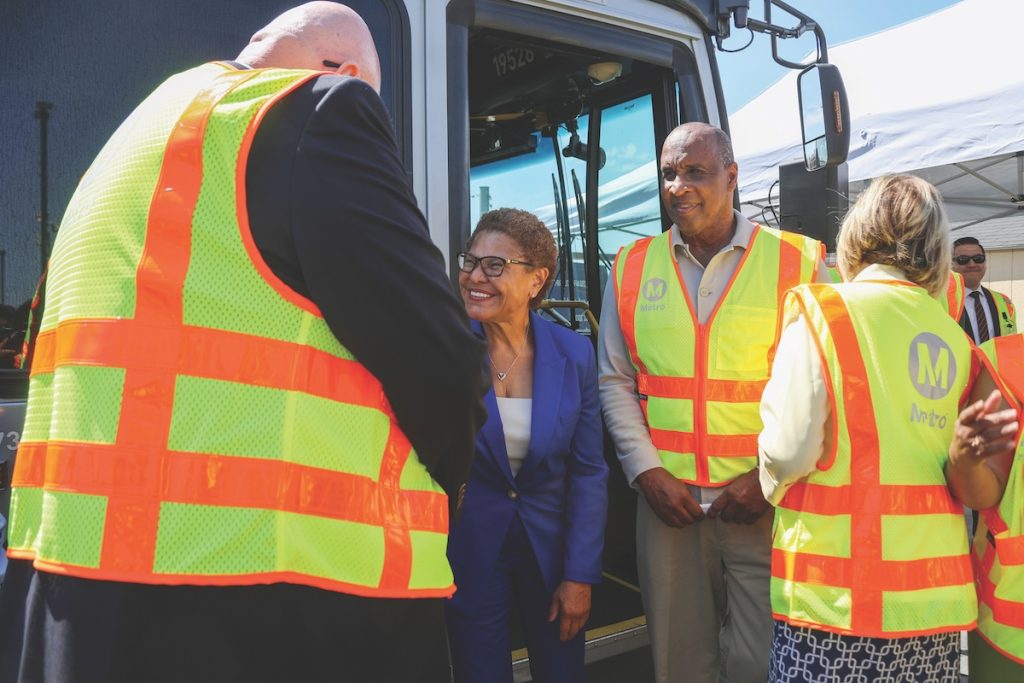
Q: Do you think that governments and nonprofits take an intersectional enough approach to
problem-solving?
A: I think they do somewhat, but I don’t think it’s necessarily a very deep look, meaning that it’s easy to see the connections, but the question is, where do the connections come from? What were the policies that led to this? So maybe people think interconnection, but I don’t think people think historical context.
I always think it’s important to draw connections, absolutely – equally as important to understand are the origins of what you are connecting. We can talk homelessness if we want. And we all know we were just talking about the interconnection between homelessness and mental health. We can throw in substance abuse if you want, but what are the origins of these problems? When did the mental health system get dismantled and why? When did the substance abuse system get essentially dismantled and shrunk?
I remember when welfare reform was being posed, being discussed as a national policy, and we were at Community Coalition when Congress and the Clinton administration were looking at it. We were very much opposed to it. Why? Because we believed that if welfare reform went through, then the economy dipped, because when the policy was at a point, we would soon see women and children unhoused.
Prior to that, you didn’t see it. It was predictable. And if you just look at women and children being unhoused today, and you don’t look at the origin of that, then how you solve the problem without the history is different. So interconnection is key, but framed by history.
Q: What would you say to donors across Los Angeles about the importance of their role in helping to make Los Angeles a better community?
A: Well, I think sometimes donors shy away from certain issues because they seem unsolvable. And I think homelessness is one, for example. And I would just ask donors to look carefully at the issue of homelessness because there are pieces, sectors of homelessness that when support is asked for, it’s not “come to the table to solve the overall problem,” but “please make a contribution right here.”
And let me just tell you, in terms of building, everybody is appalled at how much, when they tax themselves, how much it costs to actually get buildings done: $700,000 per unit. The reason why it was so expensive was because it was public money. Private money could build the same building for one-third the cost, but there’s not enough private money in this field right now. And so we’re never able to get to scale because of that reason. If we just rely on public money, and by the way, the taxes that people voted for are expiring, and pretty soon that money is going to be gone. And so I see a path to end this problem. But if we’re cut off at the knees in terms of the money, then the problem is going to go right back to what it was before.
Q: As the first woman mayor of Los Angeles, do you see a difference in how women lead compared to your male colleagues?
A: The short answer is yes, yes, and yes. Women lead differently. Now, not all women – some women try to emulate men, and that’s sad. Women tend to be more collective and collaborative and less concerned about credit and more concerned about solutions and getting things done.
Q: Any final thoughts on philanthropy and
leadership?
A: I think that’s one of the things we’ve got to get straight, is that philanthropy is about caring about the condition of other people and the path they may have to help you improve the world. I’d like to see a shift in how we think about philanthropy that way. Everyone should participate in philanthropy in one way or another.
